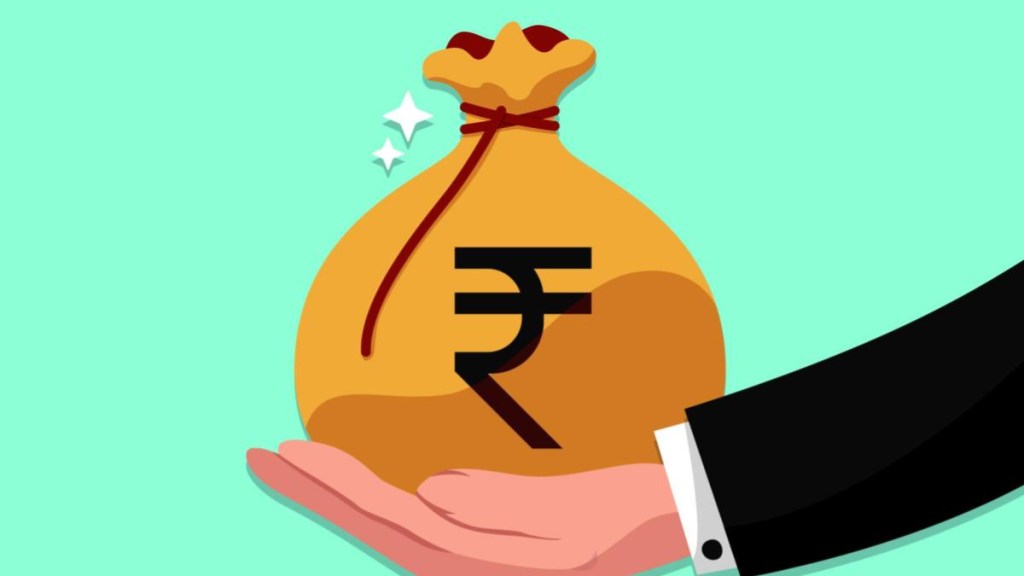The credit growth in the banking sector will likely be around 14% in the current financial year and is likely to further improve next financial year due to an uptick in private investment, Financial Services Secretary Vivek Joshi said. The public sector banks (PSBs) are likely to raise around Rs 60,000 crore as capital by the end of the current financial year compared with Rs 45,000 crore in the previous year, Joshi told Prasanta Sahu. Edited excerpts.
What is your view on the RBI’s restrictions on Paytm?
It’s a regulator action taken by RBI. RBI’s steps are in the public interest as there it has a large customer base. Customers should not suffer. Startups or payment banks should follow the norms prescribed by the RBI. ( The RBI has ordered PPB to wind down most of its business, including deposits, credit products and digital wallets, by February 29).
There is a view that credit growth may slow next year…
Growth in advances so far in the current financial year is 13.6% while deposit growth is 10.6%. In the last few years, advance growth has been higher than deposit growth. But, to say that credit growth will taper down next year, I do not agree. It will depend more on the needs of the private sector. The private sector investment is picking up. Credit growth this year will be approximately between 13.5% to 14% while deposit growth may be around 11%. So, next year credit and deposit growth should be around the level of FY24, depending on monetary policy. If we consider everything which remains as it is now, then the outcome will be almost the same and maybe slightly more on the credit growth side as private investment is picking up.
The private investment announced in FY24 has seen substantially in basic chemicals, real estate, roads, iron & steel, non-conventional energy, automobiles and power, among others. New investment announcements were Rs 40 trillion in FY23, with 68% contribution by the private sector. In none months of FY24, new investment announcements are almost Rs 20 trillion. There is enough indication of how these sectors are taking off.
How much capital public sector banks will mobilise?
On one hand, we have SBI in which the government owns almost 57% and on the other hand, we have Indian Overseas Bank with a 96.38% stake, Punjab & Sind Bank with 98.25% and UCO Bank with 95.39%. We have allowed the banks to raise funds from the market in terms of QIP (qualified institutional placement), additional Tier 1 (AT1) and Tier 2 bonds. This year, PSBs have raised around Rs 43,000 crore (including Rs 14,500 crore through equity) from the market through these three instruments and they are likely to achieve Rs 60,000 be end of FY24 from around Rs 45,000 crore in FY23.
Will you seek a further extension to meet minimum public shareholding (MPS) norms for some PSBs?
Depending on the decision of the PSB boards, we allow them to raise funds through QIP in equity, which would help them bring down the government holding to the 75% benchmark. However, we will have to seek a further extension to comply with MPS (of a minimum of 25%) as it looks very unlikely that some PSBs will reach the milestone (by August this year). There is no compulsion from the government side to liquidate its equity holding though.
What is the plan for IFCI?
We are thinking of some restructuring, merger is one possibility, and a reverse merger is another. Closure can also be considered. So, we are weighing three to four ideas. Nothing is finalised as yet. IFCI is being provided Rs 500 crore cthis year to settle some bonds and the interest liability.
Will more capital be infused in public sector general insurance companies?
Parliamentary Standing Committee has talked about giving some capital to them. So, we will see when the report comes. We already have invested around Rs 7,500 crore in these insurance companies in the last four or five years. The performance of Oriental, New India and National Insurance were very good in Q2FY24 as they reported profit.
What is the progress on action against cyber financial fraud?
A list of 442 loan apps provided by RBI through the Ministry of Electronics and Information Technology (Meity) has been given to Google for whitelisting. Based on that Google reviewed 3,500 loan apps. Then, Google removed around 2,200 digital lending apps (DLAs) from its Play store.

